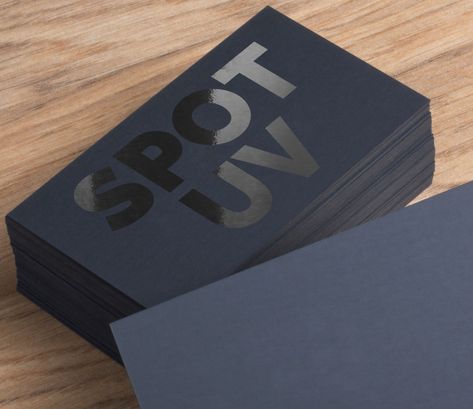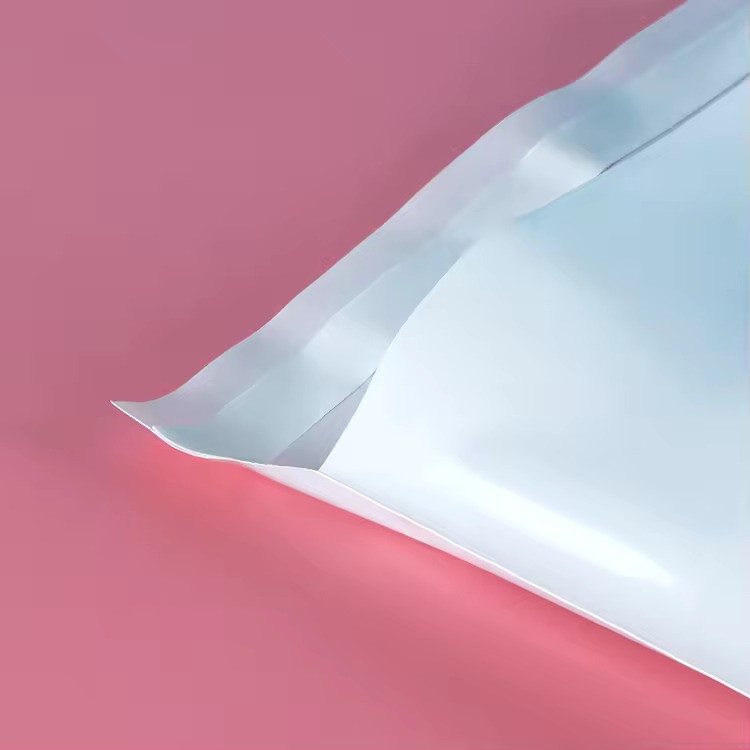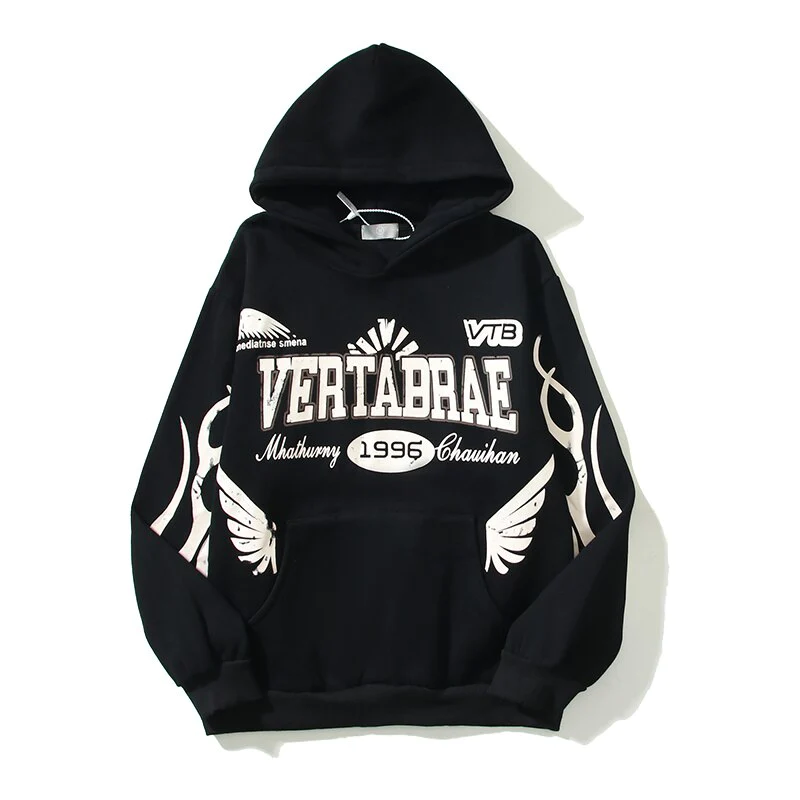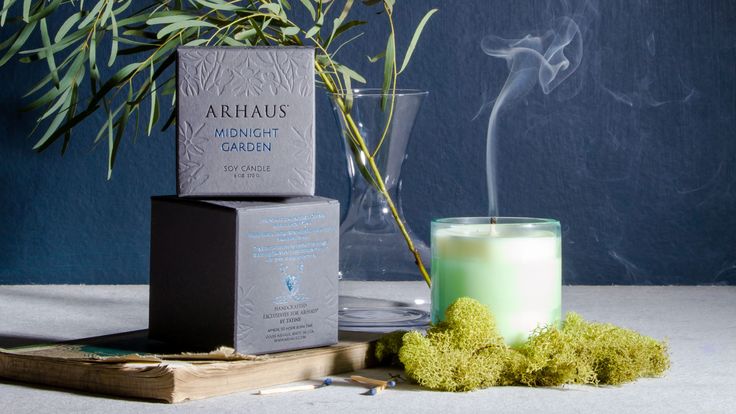
What is Varnish Coating? A Beginner’s Guide to Protective Finishes
- Book My Author
- Business
- 2025-09-18 11:31:28
- 673K
In the world of print and packaging, finishing options are just as important as the design itself. One finish that has consistently stood out for its protective and aesthetic benefits is Varnish Coating. This specialized treatment adds both beauty and resilience to printed materials, making it a favorite among brands that want their packaging to look premium and last longer.
Understanding the Basics of Varnish Coating
Varnish is essentially a clear liquid applied to paperboard, card stock, or other packaging materials. Once dried or cured, it forms a thin, transparent layer that enhances the surface. Unlike lamination, which involves a plastic film, varnish is a direct coating, making it lighter and often more eco-friendly. In the second paragraph, it’s worth noting how Varnish Coating works in packaging production. It can be applied during or after printing and offers a smooth, polished appearance while adding an extra layer of protection to the printed surface.
Why Brands Prefer a Protective Varnish Finish
A major advantage of varnish is its ability to provide a protective varnish finish without drastically changing the feel or flexibility of the material. This layer resists scuffs, scratches, and smudges that often occur during shipping and handling. For high-end packaging—such as cosmetics, fragrances, or gourmet foods—the finish also preserves the vibrancy of colors, ensuring that the product looks as good on the shelf as it did at the printer’s.
Varnish also improves tactile quality. The subtle sheen or matte feel can give customers an immediate sense of quality and care. This first impression often influences their perception of the product inside, making varnish a key branding tool as well as a protective one.
Exploring the Types of Varnish Coating
There are several types of varnish finishes available to suit different design goals:
- Gloss varnish coating – Creates a shiny, reflective surface that makes colors appear richer and more vivid. This is ideal for packaging where high visual impact is important.
- Matte varnish coating – Offers a softer, muted look that communicates elegance and sophistication. This is commonly used for premium or luxury products.
- Satin or semi-gloss varnish – Sits between gloss and matte, providing subtle sheen with reduced glare.
- Spot varnish – Applied only to specific areas of the design to highlight logos, text, or images. This creates striking contrast and visual interest.
By mixing these finishes strategically, brands can achieve a layered, multidimensional look on their packaging without increasing production costs dramatically.
Printed Packaging Finishes with Varnish
When combined with creative design, varnish can elevate printed packaging finishes beyond the ordinary. For example, a matte base with a spot gloss logo can instantly draw the eye to the brand name. Similarly, gloss coating over vibrant imagery can make colors pop, while a matte coating over background text creates depth and readability.
Because varnish can be applied in-line during the printing process, it also saves time and reduces handling compared to some other finishing methods. This efficiency can be especially valuable for businesses operating on tight schedules or dealing with large production runs.
The Role of UV Varnish Coating
One of the most advanced options available is UV varnish coating. Unlike traditional coatings that air-dry, UV coatings are cured instantly under ultraviolet light. This process creates an exceptionally hard and durable surface that resists abrasion, moisture, and fading. UV coatings can be applied as a flood (over the entire surface) or as a spot treatment for a high-gloss effect on select areas.
For packaging applications, UV coatings offer both performance and sustainability advantages. They are typically low in volatile organic compounds (VOCs), making them less harmful to the environment compared to some solvent-based finishes. This makes UV varnish a popular choice for brands seeking greener solutions without compromising on quality.
How Varnish Coating Adds Commercial Value
Beyond aesthetics and protection, varnish adds commercial value to packaging. Products with high-quality finishes tend to stand out on crowded shelves, increasing the chance of catching a consumer’s attention. The ability to highlight certain design elements with spot coatings or create luxurious textures with matte finishes helps convey brand identity more effectively.
Additionally, varnish coatings can extend the shelf life of printed materials by reducing wear, which means less need for reprints or replacements. For businesses ordering in bulk, this durability can translate into cost savings and improved brand consistency across multiple shipments or product lines.
Integrating Varnish with Custom Design Packaging
For businesses looking to build a cohesive brand image, integrating varnish with custom design packaging is an effective strategy. Packaging designers can plan the use of gloss, matte, and spot coatings right from the concept stage to ensure the finish complements the graphics and typography. This approach helps create a unified, high-end appearance across all product lines.
In addition, custom design packaging allows for unique structural elements—such as embossed logos, foil stamping, or die-cut windows—that can work in harmony with varnish finishes. Together, these techniques provide both tactile and visual appeal that enhances consumer engagement and perceived value.
Choosing the Right Varnish for Your Brand
Selecting the best varnish option depends on your product type, target audience, and brand identity. A luxury skincare brand may benefit from a matte coating with spot gloss highlights, while a food or beverage company might choose a full gloss finish for vibrant shelf appeal. Working with experienced packaging partners ensures that the right varnish technique is matched to your materials and design goals.
It’s also worth considering environmental and budget factors. UV coatings, while more durable, may have a higher upfront cost but can reduce long-term expenses by lowering waste and maintaining print quality over time.
Final Thoughts
Varnish coatings have evolved far beyond simple protection to become a sophisticated tool for branding and design. By understanding the different types—gloss, matte, spot, and UV—businesses can craft packaging that not only safeguards the product but also strengthens brand perception. When combined with custom design packaging, varnish can transform ordinary boxes, labels, or inserts into premium experiences that delight customers and drive sales.
In today’s competitive retail landscape, the right finish can make all the difference. Thoughtful use of varnish coatings paired with innovative custom design packaging strategies ensures your products look as impressive in the customer’s hands as they did in your creative vision.










